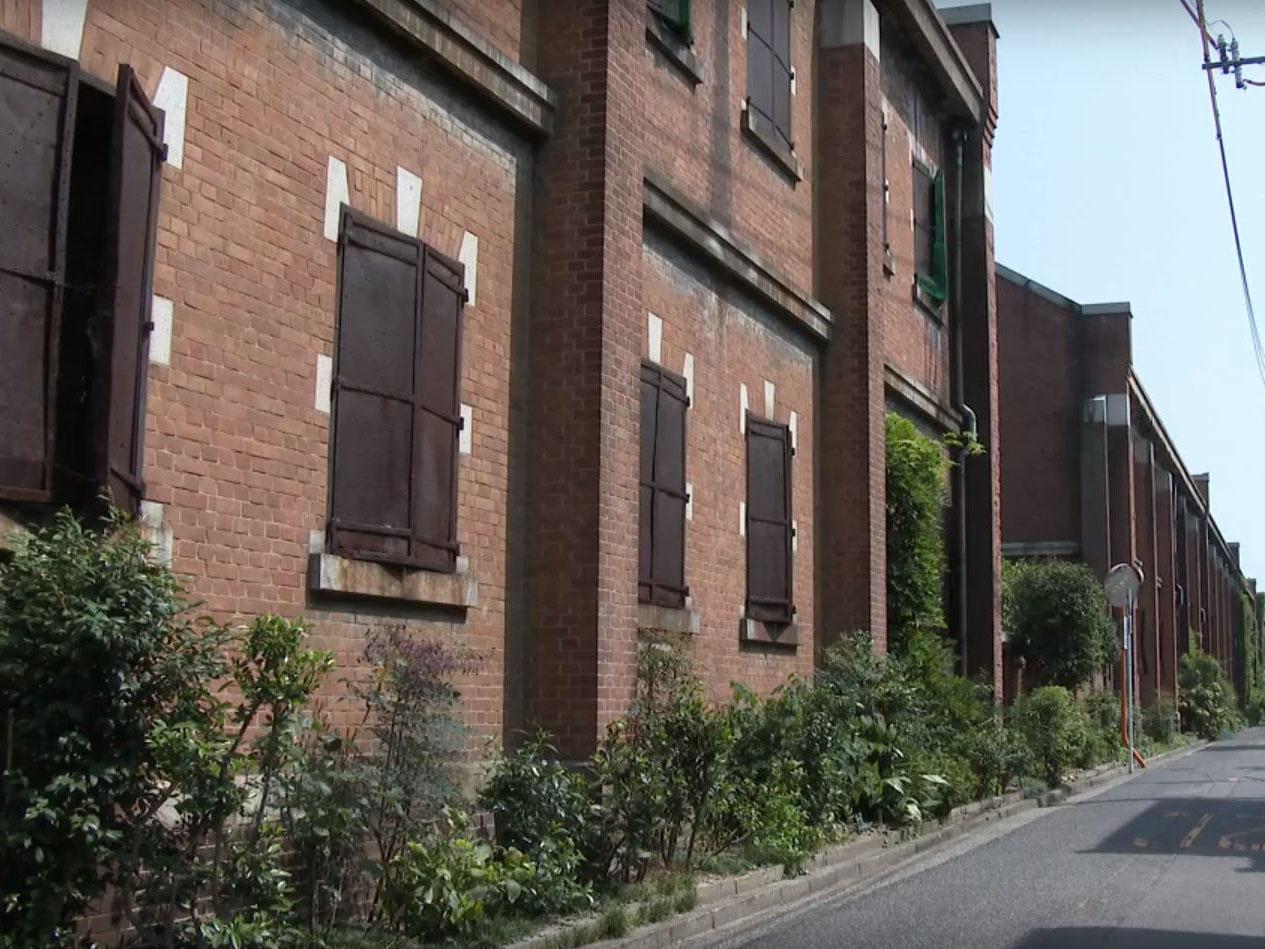Two buildings in Hiroshima that survived the 1945 atomic bomb are to be knocked down due to the risk of collapse, despite calls from the community to preserve them.
The buildings were erected in 1913 and formerly owned by the Hiroshima Army Clothing depot.
After the bombing, the buildings were used as a makeshift hospital as they were among the biggest remaining structures left in the city.
They were later repurposed as housing for university students after the war, but are currently not in use and not open to the public.
The Hiroshima prefecture government said it planned to demolish two of the three buildings by 2022 because they were at risk of collapsing in the event of an earthquake.
World War Two Photo Essay: The Final Weeks
Show all 20The third building will be preserved and the structure will be reinforced.
Residents in Hiroshima have called for the committee to consider preserving all the buildings for their “historical value”.
One resident and survivor of the atomic bomb, Iwao Nakanishi, said: “They could be used as facilities for [promoting] the abolition of nuclear weapons.”
About 80,000 people were killed and 35,000 injured by the atomic bomb dropped by the US, which destroyed much of the city of Hiroshima.
In the following years, radiation illness pushed the death toll to an estimated 140,000 people.
Six days after the bombing, Japan surrendered and officially ended the Second World War.
The city’s most famous ruin is the Hiroshima Peace Memorial, commonly called the Genbaku or Atomic Bomb Dome, which also survived the bombing.
A designated Unesco World Heritage site, the dome has undergone reinforcement work and can now withstand earthquakes with an intensity of lower than six.
Subscribe to Independent Premium to bookmark this article
Want to bookmark your favourite articles and stories to read or reference later? Start your Independent Premium subscription today.


Join our commenting forum
Join thought-provoking conversations, follow other Independent readers and see their replies